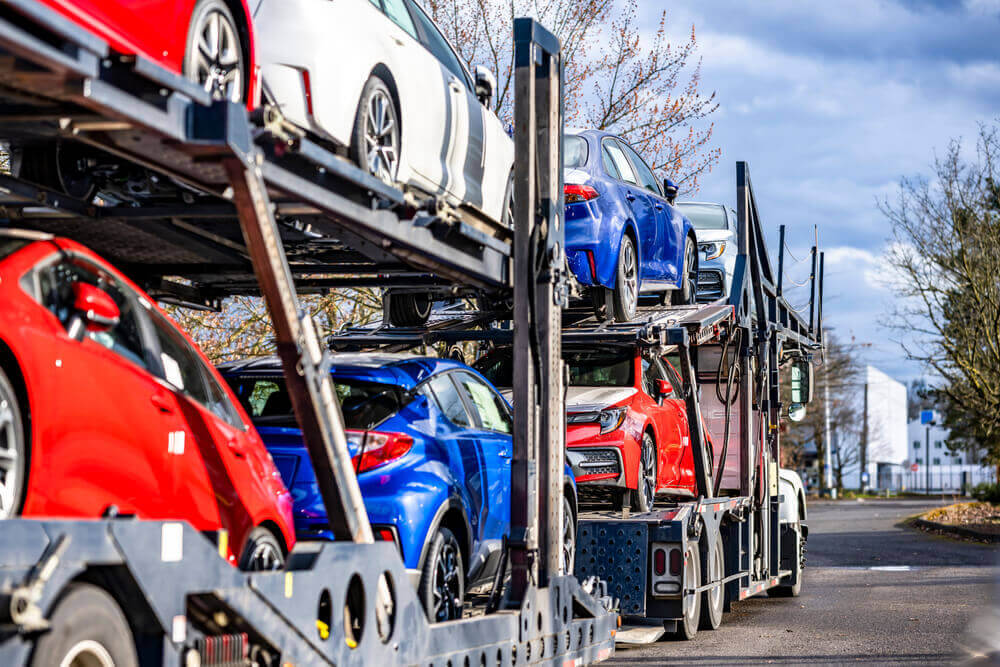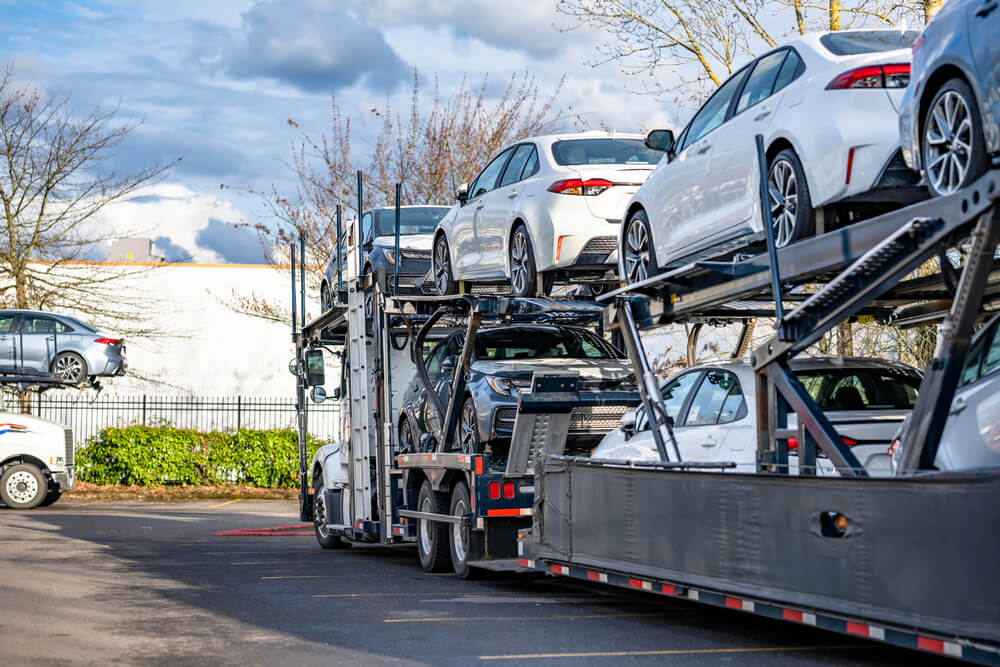
Planning a move to the Sunshine State? Whether you’re relocating for work, education, retirement, or simply seeking warmer weather, getting your vehicle transported safely is a key part of the process. A comprehensive car shipping checklist for Florida will help ensure a smooth, hassle-free experience from start to finish. This guide outlines each step of the journey from finding the right transporter to post-delivery inspection so you can focus on your big move.
Researching and Choosing a Reputable Auto Transport Company
Start by thoroughly researching auto transport companies. Not all shippers are created equal, and choosing a reputable, experienced provider can save you both time and stress. Look for companies registered with the Federal Motor Carrier Safety Administration (FMCSA). Each legitimate transporter will have a USDOT number, which you can verify for safety and compliance at the FMCSA’s official site.
Once you’ve confirmed legitimacy, compare quotes from several companies. Be cautious of offers that seem significantly cheaper than others they could be red flags for hidden fees or subpar service. Take time to read recent customer reviews on third-party platforms like the Better Business Bureau (BBB), Google Reviews. These can provide a transparent look into the company’s reliability, professionalism, and customer care.
Preparing Your Vehicle for Shipping
Your car needs to be properly prepared for transport to avoid issues or delays. Begin by giving it a thorough cleaning, both inside and out. A clean vehicle makes it easier to spot and document any existing damage.
Take detailed photographs of your car from all angles. Be sure to capture any dents, scratches, or chips. These photos serve as important evidence in case damage occurs during transport.
Remove all personal items and any loose accessories. Most transporters prohibit personal belongings inside the vehicle during shipment, and leaving them in the car can increase the risk of theft or damage.
Ensure your vehicle is in working order. Check for leaks, mechanical issues, and ensure the tires are inflated to the proper pressure. Leave about 1/4 tank of gas in the tank enough for loading and unloading, but not so much that it adds unnecessary weight. Finally, disable any alarm systems and make sure the battery is charged and secure.

Understanding the Necessary Paperwork
Proper documentation is crucial for a smooth shipping process. The main document you’ll deal with is the Bill of Lading (BOL). This is both a receipt and an inspection report that notes your vehicle’s condition at pickup and delivery. Carefully review and retain a copy of this form it’s vital in the event of a damage claim.
Ask your transport provider for proof of insurance. Reliable auto shippers carry cargo insurance that protects your vehicle in transit. Request a copy of their policy and verify the level of coverage to ensure it’s adequate for your vehicle’s value.
In addition, make sure to have your car’s registration and proof of ownership handy. These may be needed to confirm that you are authorized to ship the vehicle. A government-issued ID will also be required to verify your identity when scheduling and completing the transport.
Selecting the Right Shipping Method
The method you choose will largely depend on your budget and how much protection your vehicle needs. The two primary options are open transport and enclosed transport.
Open transport is more affordable and widely used, but leaves your car exposed to weather, dust, and road debris during transit.
Enclosed transport, on the other hand, is ideal for luxury, antique, or specialty vehicles. While more expensive, it provides complete protection from the elements.
Post-Delivery Inspection and Final Steps
Once your vehicle is delivered in Florida, conduct a full inspection before signing off on the Bill of Lading. Compare your car’s condition with the pre-shipping photos and the original inspection notes. If you find any damage, document it immediately with photos and report it to the carrier before accepting the vehicle.
Do not sign the delivery receipt until you’re fully satisfied with the vehicle’s condition. Signing the receipt finalizes the transaction, and any claims made afterward may be more difficult to pursue.
Final Thoughts: Plan Ahead for a Stress-Free Move
Shipping a vehicle to Florida doesn’t have to be complicated. By planning ahead, selecting a trusted transporter, preparing your car properly, and understanding the paperwork, you can enjoy a seamless moving experience. If you’d like more insights on safe vehicle transport practices and consumer rights, the National Consumer Law Center offers great resources that don’t compete with shipping providers but help consumers make informed decisions.
